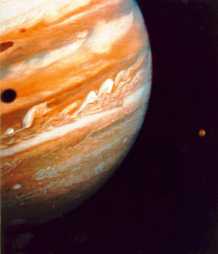This is an image of Jupiter.
Click on image for full size
Dr. Micheal Belton
An Overview of Jupiter's Atmosphere
The king of planets is aptly named because it not only has the most dymanic atmospheric motion, but also the most riveting cloud patterns and storms, and the most majestic appearance of the giant planets.
The dramatic appearance of Jupiter stems partially because the composition of Jupiter's atmosphere includes complicated molecules such as ammonia and methane, as well as simple molecules such as helium, hydrogen, and sulfur. The composition also includes exotic molecules such as germain.
The atmosphere of Jupiter is only a narrow surface layer, compared to the vast interior of the planet. The three clouddecks of Jupiter are to be found at different levels in the troposphere, while hazes of smog can be found higher in the atmosphere.
Jupiter is not much changed from its early evolution out of the early solar nebula, and in fact, may still be forming!
You might also be interested in:
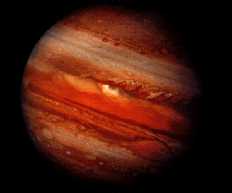
The giant planets have definitely changed since their formation. But how much remains to be seen. Most of the original air of the giant planets remains in place. (The earth-like planets lost most of their
...more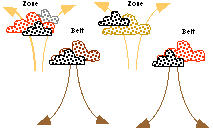
On Jupiter, the winds in the belts and zones blow first in one direction, then in the opposite direction. Wind blows east in a belt, and west in a zone. The clouds rise up in a belt, and drop down in a
...more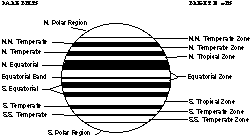
The striped cloud bands on Jupiter are certainly not as straight as they appear to be in this picture! The picture shows that the striped pattern is divided into belts and zones. The belts and zones of
...more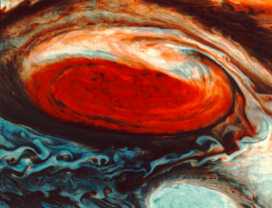
The Great Red Spot is thought to be a hurricane which has been raging on Jupiter for at least 400 years. The connected page shows an image of the Great Red Spot next to Tropical Storm Emily for comparison.
...more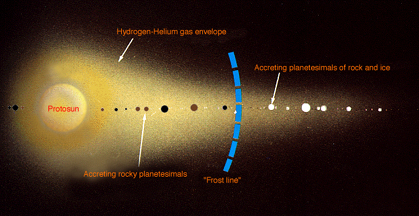
The position of the planets in the solar nebula greatly affected their 1. size and 2. composition. This is because of the effect of how cold it was in the nebula. 1. The nebula was a lot warmer close to
...more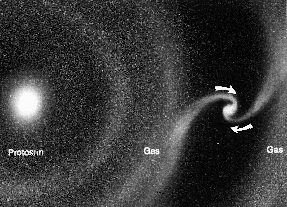
As shown in this picture, while they were forming in the solar nebula, the nucleii of the planets-to-be (called protoplanets) drew material to themselves from the cloud of gas and dust around them. The
...more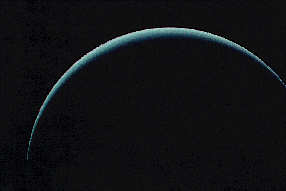
The mesosphere of Jupiter is a region of balance between warming and cooling. That essentially means that nothing happens there. Except for diffusion, the atmosphere is still. Upper reaches of the atmosphere,
...more


